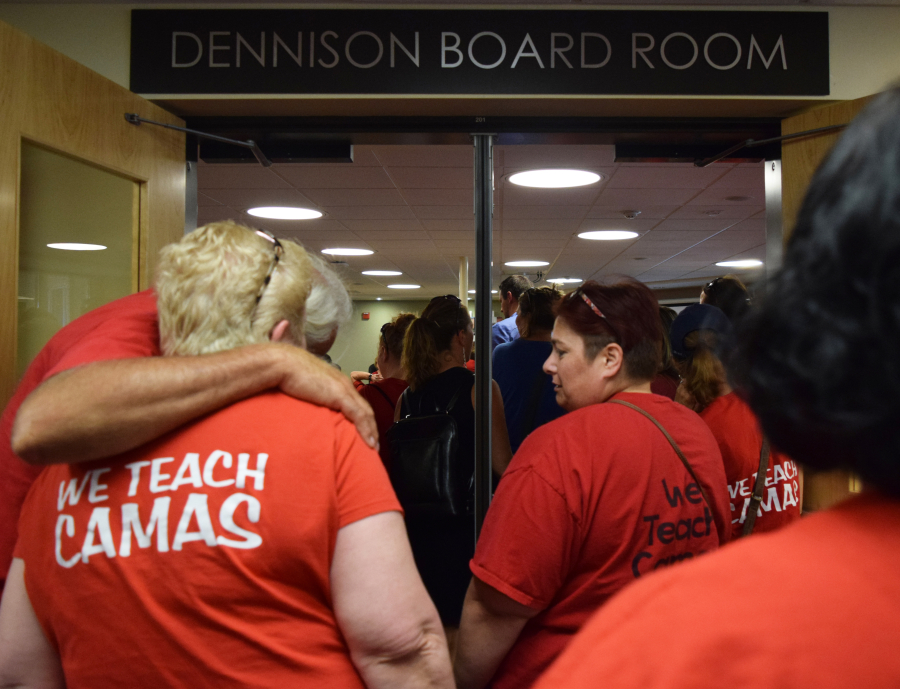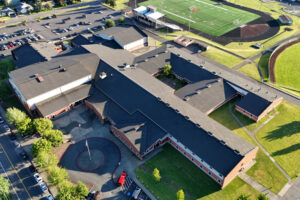Less than three weeks before the start of the 2018-19 school year, local teachers unions and school districts are down to the wire for settling bargaining agreements and avoiding the threat of a teacher strike.
At issue in both Camas and Washougal school districts, as well as many Washington state school districts, is how to set teacher salary schedules under new state guidelines meant to satisfy the Washington Supreme Court’s “McCleary” decision, which ruled the state had been shirking its duty to amply fund public education, including educator salaries.
To remedy McCleary, state legislators in 2018 approved $2 billion for educator salaries throughout the state, but also set limits on local funding and left decisions regarding teachers’ base salary schedules up to local districts and unions instead of the state.
Camas and Washougal school districts are among many in Southwest Washington still struggling to reach agreement regarding those base salary schedules before the start of the 2018-19 school year.
Slow progress in Camas, teachers set strike vote date
Before an Aug. 9 bargaining session between the Camas Educators Association (CEA) and the Camas School District, teachers union representatives held a tailgate outside the district office and said they hoped district leaders would offer them a bargaining agreement better than the 3.1-percent teacher salary increase discussed in previous bargaining sessions.




